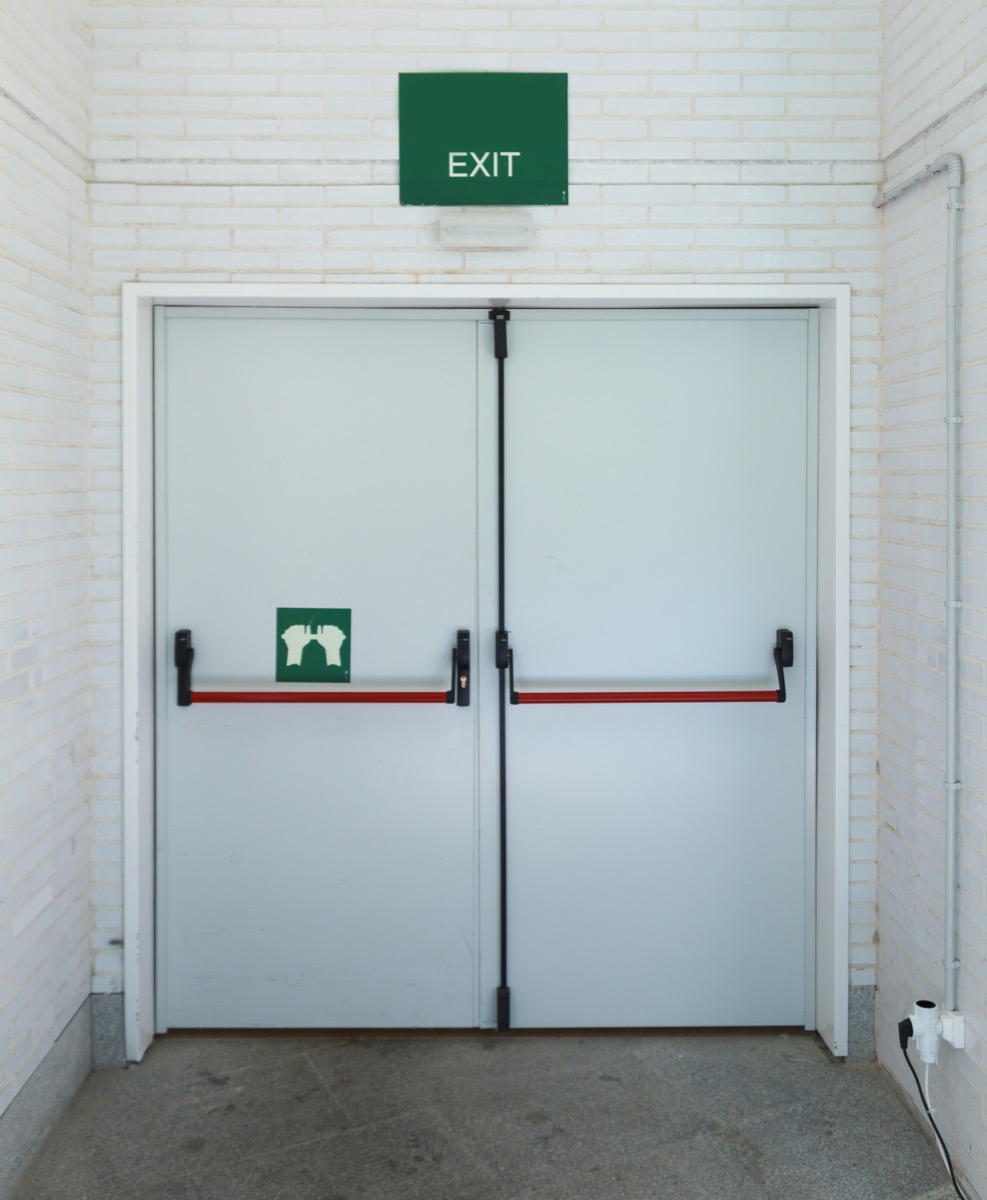On Oct. 29, research group RESTART-19 presented to members of the press the results of a study it conducted to assess how coronavirus spreads at large indoor gatherings, Reuters reported Thursday. Using data they collected from 1,500 volunteers who wore proximity tracking devices when they attended a recent indoor pop-concert in Leipzig, Germany, the researchers were able to create a mathematical model that simulated three event scenarios. Each one of the simulations varied in the number of spectators, as well the social-distancing standards that were in place. Through these simulations, researchers were able to analyze the flow of aerosols from infected virtual spectators. “The most important finding for us was understanding how crucial it is to have good ventilation technology,” Stefan Moritz, PhD, an infectious disease specialist at the University Medical School in Halle and leader of the RESTART-19 study, said during the presentation. “This is key to lowering the risk of infection.” Though ventilation was shown to be most important component, the researchers noted that it wasn’t the only factor that needs to be in place at large indoor events, Reuters reported. It’s when several precautions work together that these events become less risky. “Events have the potential to fuel the epidemic by spreading pathogens, but if a hygiene concept is stuck to then the risk is very low,” Rafael Mikolajczyk, PhD, a researcher from the Halle University’s Institute for Medical Epidemiology, said during the presentation. In addition to good ventilation, the research team said the following four safety practices help reduce the spread of coronavirus at large indoor events. And for more helpful coronavirus information, check out This Is How to Tell If Your Fatigue Could Be COVID, Doctors Say. For more ways to protect yourself from getting sick, check out 80 Percent of Hospitalized COVID Patients Are Deficient in This Vitamin.ae0fcc31ae342fd3a1346ebb1f342fcb
